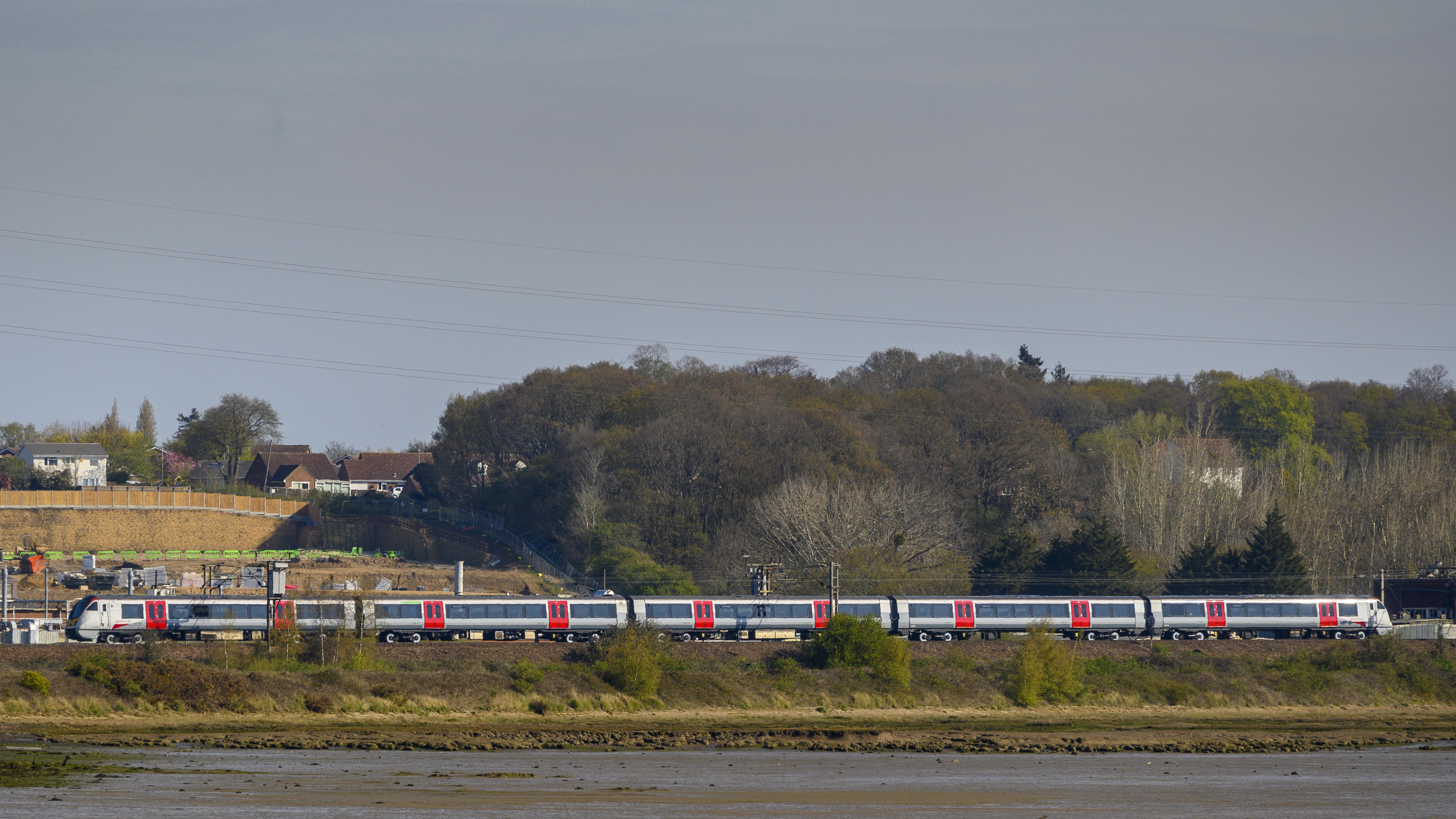
In its draft determination, published today and now out for consultation, ORR says that while Network Rail’s plans largely deliver against the UK and Scottish governments’ priorities, a greater focus is needed on train performance and renewing core assets. Better train performance will benefit passengers and freight customers, while core assets like track, structures and earthworks need to be resilient - especially with the challenges presented by climate change.
ORR recognises that Network Rail’s CP7 plans for England & Wales and the interim plan for Scotland, submitted in February this year, were produced to challenging timescales and continue to evolve.
However, we require more detail on certain key areas of the plans before we issue our final determination in October. ORR’s final determination will also take account of stakeholders’ responses to our consultation.
Train performance
ORR will introduce specific targets that are more challenging than proposed in Network Rail’s plans. ORR’s proposals will require improved punctuality and reliability in services for passengers and freight customers. ORR also proposes that dedicated funding is reserved to further support train performance improvement.
Delivering these performance targets will be challenging but is achievable and will require Network Rail to work closely with train operators to ensure they deliver their own committed improvements.
Renewing the railway
ORR proposes that Network Rail increases spend on core assets for the GB rail network by £600 million. This would be funded by rephasing or reprioritising expenditure from areas ORR considers of lower importance. It aims to ensure assets are managed sustainably to better deliver on safety, performance, asset sustainability and efficiency.
Risk funding
ORR proposes an increase in the financial provisions for risk so that Network Rail can respond to increased uncertainties such as severe weather and rapidly changing inflation. For England & Wales, ORR proposes that Network Rail focuses on a variant of its plan which releases significant funding for risk, taking the total risk provision to around £2 billion. This would be funded within the published budget for CP7 and so would not require further support from government or higher charges.
For Scotland, Network Rail’s interim plan proposed £206 million of risk funding. Our assessment indicates that there is room within the budget to increase this by approximately £100 million.
Efficiency
It is vital that Network Rail continues to build on the success of recent efficiency initiatives, to help secure a financially sustainable railway and deliver value for money for passengers, users and funders of the railway. ORR has carefully reviewed Network Rail’s efficiency targets for the next five years and, drawing on a range of evidence, found these to be stretching but achievable. This would see Network Rail deliver at least £3.2 billion in England & Wales and £0.4 billion of efficiencies in Scotland.
John Larkinson, ORR Chief Executive, said:
ORR has also announced today that it will retain the same structure of charges for passenger and freight operators as now. Specifically:
- New open access operators will pay charges that recover some of the fixed network costs, where the demand is sufficiently strong that the operator is able to pay.
- Variable charges for freight operators will continue to be capped. This will help mitigate the impact of charges increasing to reflect traffic driven costs.
- ORR will allow for contractual incentives between Network Rail and train operators, which are designed to limit disruption, to be updated within the control period. ORR has also introduced flexibility to allow for the removal of these payments between Great British Railways (GBR) and its contracted operators, assuming legislation was introduced to establish GBR. The removal of the contractual incentives for GBR contracted operators would require sufficient legislative change to permit this.
Notes to editors
- PR23 documents
ORR’s consultation on its draft determination, published today, is open until 31 August. Details of how to respond are on our PR23 web page.
Periodic reviews like PR23 are one of the principal mechanisms by which ORR holds the infrastructure manager for the mainline rail network in Great Britain, Network Rail, to account and secures value for money for users and funders (including taxpayers) of the railway. The periodic review determines what Network Rail is expected to deliver with respect to its operation, support, maintenance and renewal (OSMR) of the GB network during control period 7 (CP7), which will run from 1 April 2024 to 31 March 2029, and how the available funding should be best used to support this.
- Network Rail receives the majority of its funding from the UK and Scottish Governments. In addition to making available separate funding, each government also sets out a High- Level Output Specification (HLOS) detailing what it expects Network Rail to deliver using the funding available. The remainder of Network Rail’s income comes from charges to passenger and freight operators and commercial income such as from property.
- All figures are adjusted for inflation and expressed in 2023/24 prices. The £44.8 billion for the GB network (£40.0 billion for England & Wales and £4.8 billion for Scotland) is net of the costs and charges passed through to train operators for electricity traction and is what is available to operate, maintain and renew the rail infrastructure. The figures reported by Network Rail, when it published its five-year plan for England & Wales in May (i.e.£44.1 billion for England & Wales alone), were higher because they included electricity traction.
- Performance – England and Wales
Performance – Scotland
The specific train performance measures ORR is proposing are On Time, and Scotland train performance measure, and Passenger Cancellations and Freight Cancellations.
- PR23 timeline

